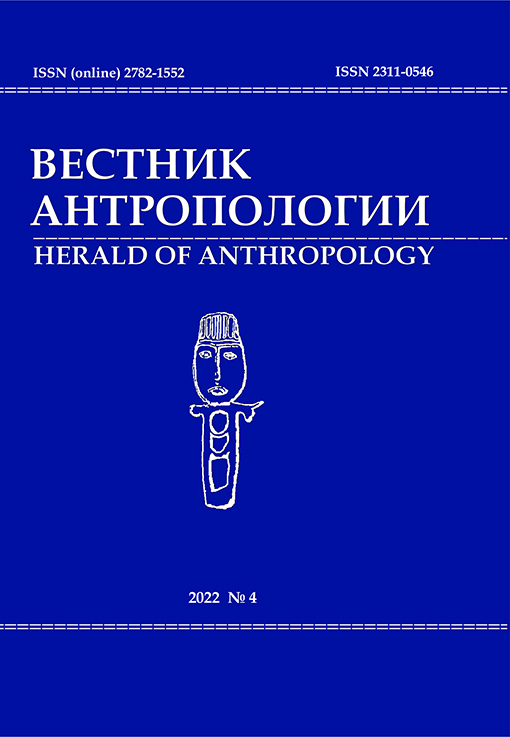Сельские и городские практики ношения женского головного покрывала в Магрибе
DOI: 10.33876/2311-0546/2022-4/83-100
Ключевые слова:
этнография Магриба, социальные практики, головное покрывало, арабская культура, берберская культураАннотация
Статья посвящена женским практикам покрывания головы в странах Магриба (Тунисе, Алжире, Марокко). Головные покрывала являются неотъемлемой частью женского костюма в Северной Африке. В зависимости от региона и населенного пункта варьируют их название, материал изготовления, а также цвет, дизайн и способ производства, что в свою очередь делает этот предмет своеобразной визитной карточкой его обладательницы. Автор анализирует две сложившиеся к концу XIX в. вестиментарные традиции — городскую (арабскую) и сельскую (берберскую). Используя в своем костюме схожий по форме предмет, женщины из города и из сельской местности наделяют его разными символическими значениями. В XX в. в условиях процессов модернизации и деколонизации сельские и городские покрывала стали означаемыми для разных контекстов: так, городские покрывала пользовались большим престижем, нежели сельские, что в свою очередь повлияло на то, что именно они стали восприниматься как национальные символы новых североафриканских государств, а сельские покрывала сохранились на уровне персональных повседневных практик в той местности, в которой они изначально использовались. Автор ставит задачей прояснить причину формирования столь различных жизненных траекторий одного типа предметов.






















